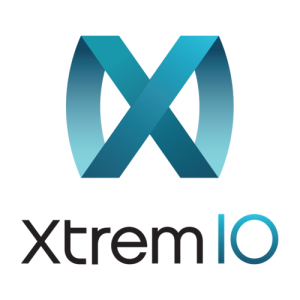 Background
Background
In my previous post on ZFS I showed how ZFS causes fragmentation for Oracle database files. At the end I promised (sort of) to also come back on topic around how this affects database performance. In the meantime I have been busy with many other things, but ZFS issues still sneak up on me frequently. Eventually, I was forced to take another look at this because of two separate customers asking for ZFS comparisons agaisnt ASM at the same time.
The account team for one of the two customers asked if I could perform some testing on their lab environment to show the performance difference between Oracle on ASM and on ZFS. As things happen in this business, things were already rolling before I could influence the prerequisites and the suggested test method. Promises were already made to the customer and I was asked to produce results yesterday.
Without knowledge on the lab environment, customer requirements or even details on the test environment they had set up. Typical day at the office.
In addition to that, ZFS requires a supported host OS – so Linux is out of the question (the status on kernel ZFS for Linux is still a bit unclear and certainly it would not be supported with Oracle). I had been using FreeBSD in my post on fragmentation – because that was my platform of choice at that point (my Solaris skills are, at best, rusty). Of course Oracle on FreeBSD is a no-go so back then, I used NFS to run the database on Linux and ZFS on BSD. Which implicitly solves some of the potential issues whilst creating some new ones, but alas.
Solaris x86

This time the idea was to run Oracle on Solaris (x86) that had both ZFS and ASM configured. How to perform a reasonable comparison that also shows the different behavior was unclear and when asking that question to the account team, the conference call line stayed surprisingly silent. All that they indicated up front is that the test tool on Oracle should be SLOB.
Continue reading →



 Infrastructure has always been a tough place to compete in. Unlike applications, databases or middleware, infrastructure components are fairly easy to replace with another make and model, and thus the vendors try to show off their product as better than the one from the competition.
Infrastructure has always been a tough place to compete in. Unlike applications, databases or middleware, infrastructure components are fairly easy to replace with another make and model, and thus the vendors try to show off their product as better than the one from the competition. The idea is that many database servers are suffering from IO wait – which actually means that the processors are waiting for data to be transferred to or from storage – and in the meantime, no useful work can be done. Given the expensive licenses that are needed for running commercial database software, usually licensed per CPU core, this then leads to loss of efficiency.
The idea is that many database servers are suffering from IO wait – which actually means that the processors are waiting for data to be transferred to or from storage – and in the meantime, no useful work can be done. Given the expensive licenses that are needed for running commercial database software, usually licensed per CPU core, this then leads to loss of efficiency. Background
Background

 A public transport company in a city called Galactic City, needs to replace its aging city buses with new ones. It asks three bus vendors what they have to offer and if they can do a live test to see if their claims about performance and efficiency holds up.
A public transport company in a city called Galactic City, needs to replace its aging city buses with new ones. It asks three bus vendors what they have to offer and if they can do a live test to see if their claims about performance and efficiency holds up.
 Last Tuesday I had the privilege to present at Oracle Openworld 2013 together with
Last Tuesday I had the privilege to present at Oracle Openworld 2013 together with